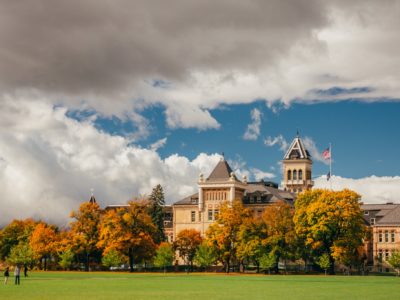Let’s be real. Absolutely no one was ready for the craziness the Coronavirus threw our way. But that doesn’t mean everything’s been a disaster. In fact, some universities implemented emergency funds and even appealed to distribute more money to students than was required by the government. Some even send alerts daily as they monitor the rapidly changing situation. While no school’s response to the sweeping pandemic has been perfect, these 10 institutions deserve recognition for trying super hard to assist their students during the difficult time.
Read on for the top 10 colleges handling COVID-19 like bosses.
10. University of North Carolina
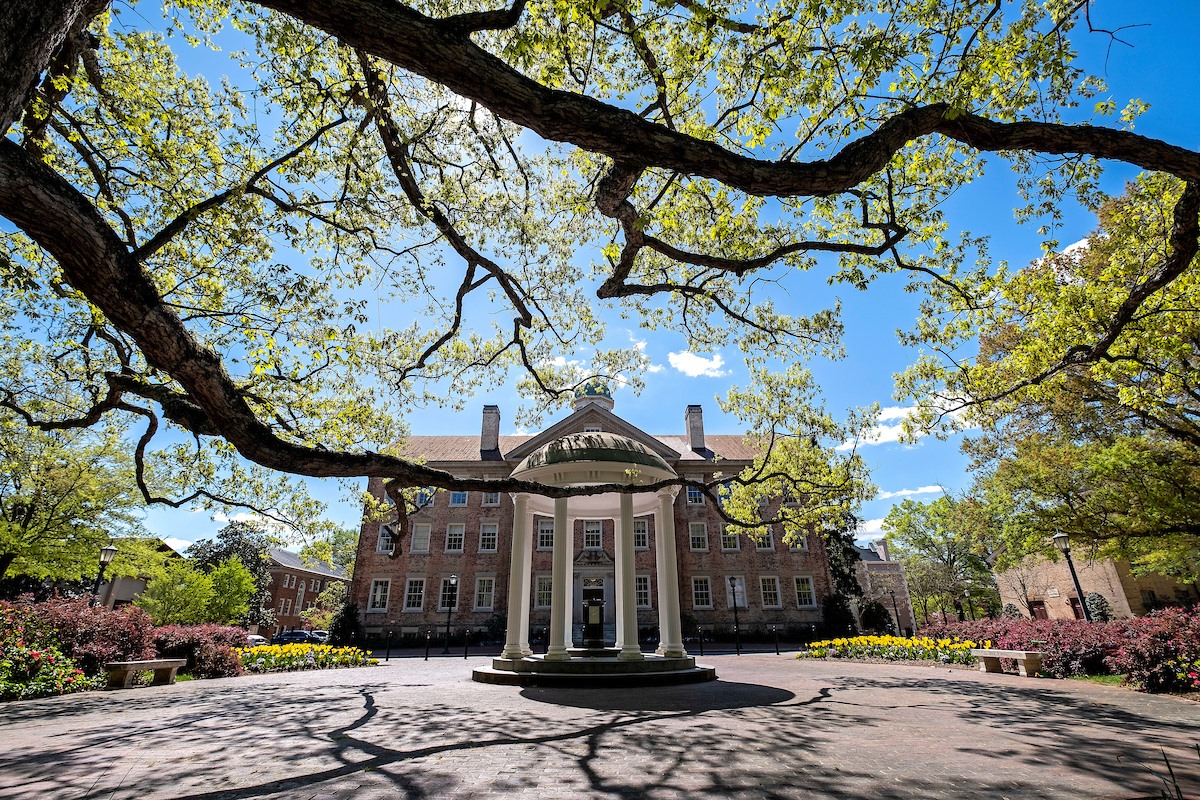
UNC went through a rough patch at the beginning of the fall semester as they attempted to welcome back some students in person; however, they have since made the right decision–although a little chaotic–to send students home. The school refunded students’ housing, meal plan and parking permits to account for the unexpected end to the Spring 2020 semester. UNC also received $8.6 million from the government for CARES Act funding, identifying a need to distribute all the funds to its students. Way to go, UNC! The school awarded emergency grants from other resources, most notably including funding provided by UNC itself through the Student Impact Fund. If that doesn’t sound generous, the school estimates their administration will need to appeal for more CARES Act money for their students (the only school mentioned to do so). UNC also puts great effort into their stand-alone Coronavirus website updated regularly with facts and resources for its community.
9. Texas A&M University
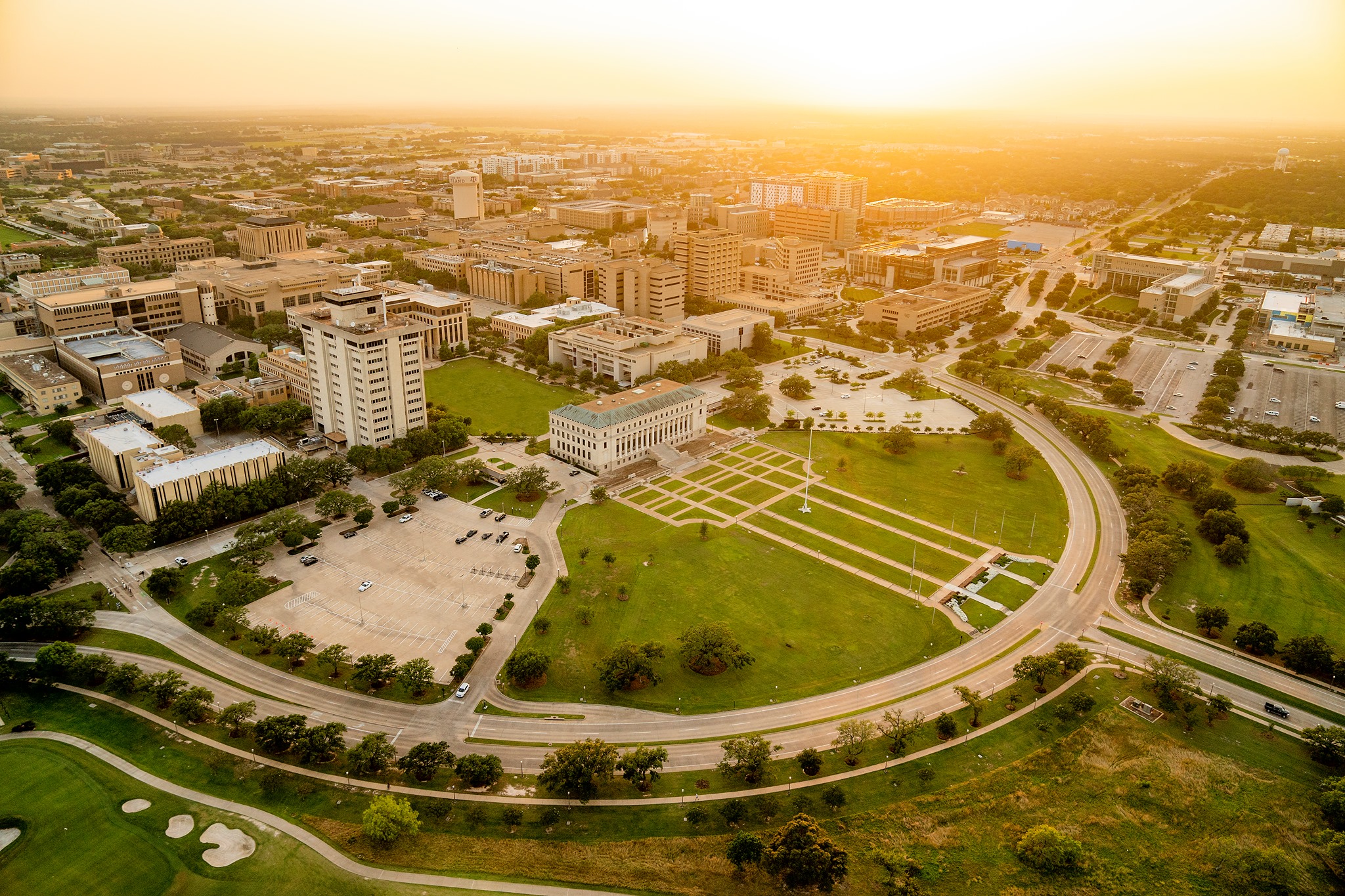
Texas A&M certainly deserves applause for the administration’s handling of the pandemic for such a large student body. They gave back prorated credit for housing and dining for the spring semester and announced their official fall plan on July 14 with details about their plans to go through with hybrid-style learning. Texas A&M offers free testing for students, faculty and staff displaying symptoms or those in close contact with suspected cases. COVID-positive patients must self-report through a COVID form, and no student must return to campus if they don’t feel safe.
Additionally, face coverings have to be worn in class and individuals are encouraged to report those unwilling to comply. The school distributed nearly all of its CARES Act funds so far ($18.2 million out of $19.9 million) and plan on disbursing the rest. While TAMU’s coronavirus updates come from an extension of their university website (meaning not a fully fleshed out Coronavirus website), it gets updated almost every day with resources and campus alerts. Students never miss a development in the ever-evolving world of coronavirus.
8. Pennsylvania State University
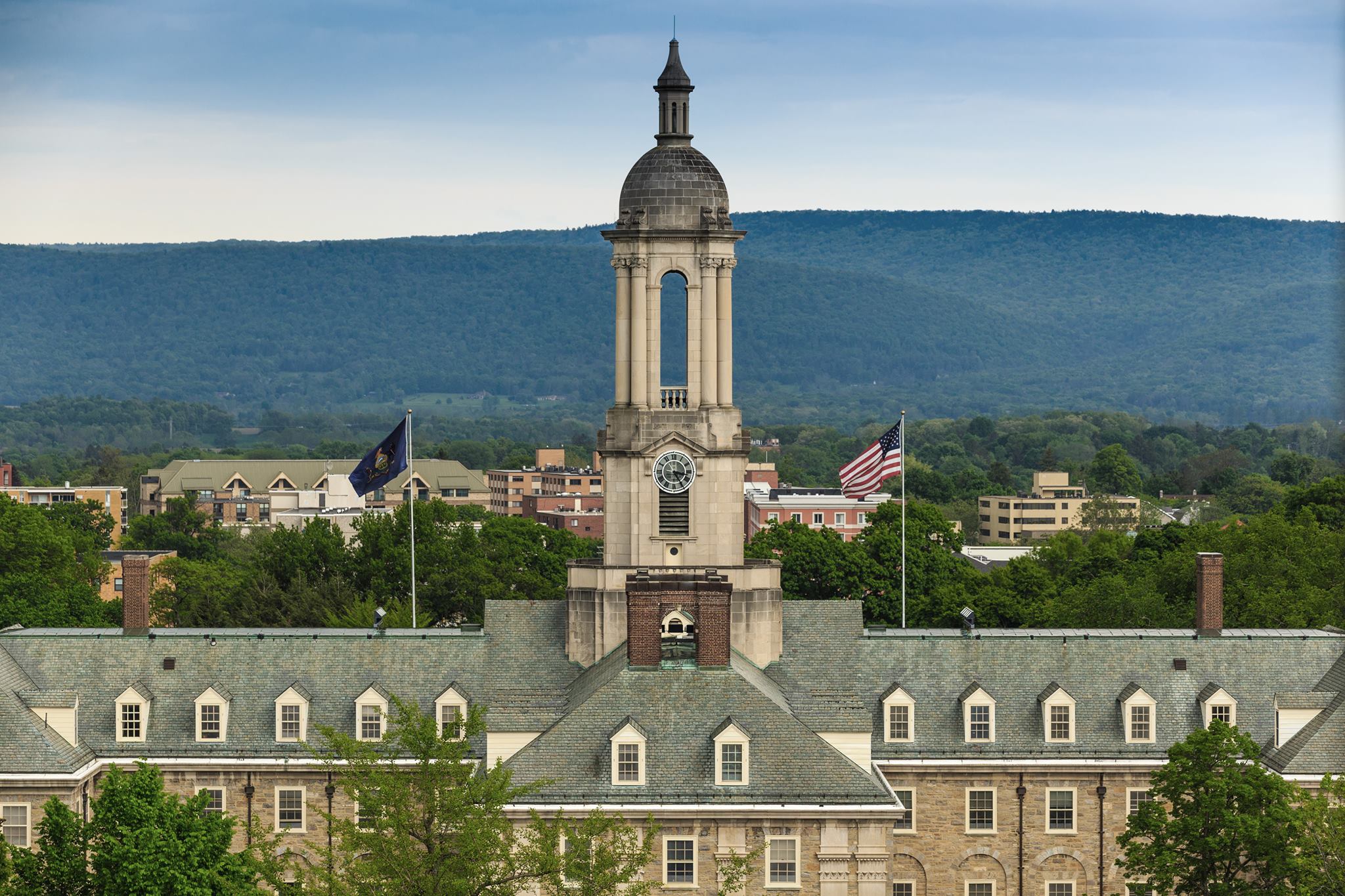
Penn State announced a hybrid method of learning with mostly remote classes for the upcoming semester. Students received prorated meal plan and housing refunds for the past spring and gave out $27.5 million out of $55 million in CARES Act funding. Penn State also developed a plan to hold multiple rounds for disbursement, with individual packages going up to $1,000. Most notable about Penn State’s response to the pandemic? Their decision to hold tuition rates flat (meaning fixed with no increase) for the 2020-2021 academic year, something many schools will not even consider.
Penn State operates a stand-alone Coronavirus website, updated daily with information and resources for students, faculty and staff.“I feel PSU is handling it as well as can be expected. It’s new for everyone and the procedures and rules are being followed as best as possible. If you go onto PSU’s website, they have a lot of information about COVID and it’s an easy online website to follow,” recent graduate Cassandra Essis said. PSU used nearby space to create a safe environment, housing students who needed it off campus versus in their dorms. This emergency action, mostly unique to Penn State, shows the school wants what’s best for their students.
7. Kenyon College
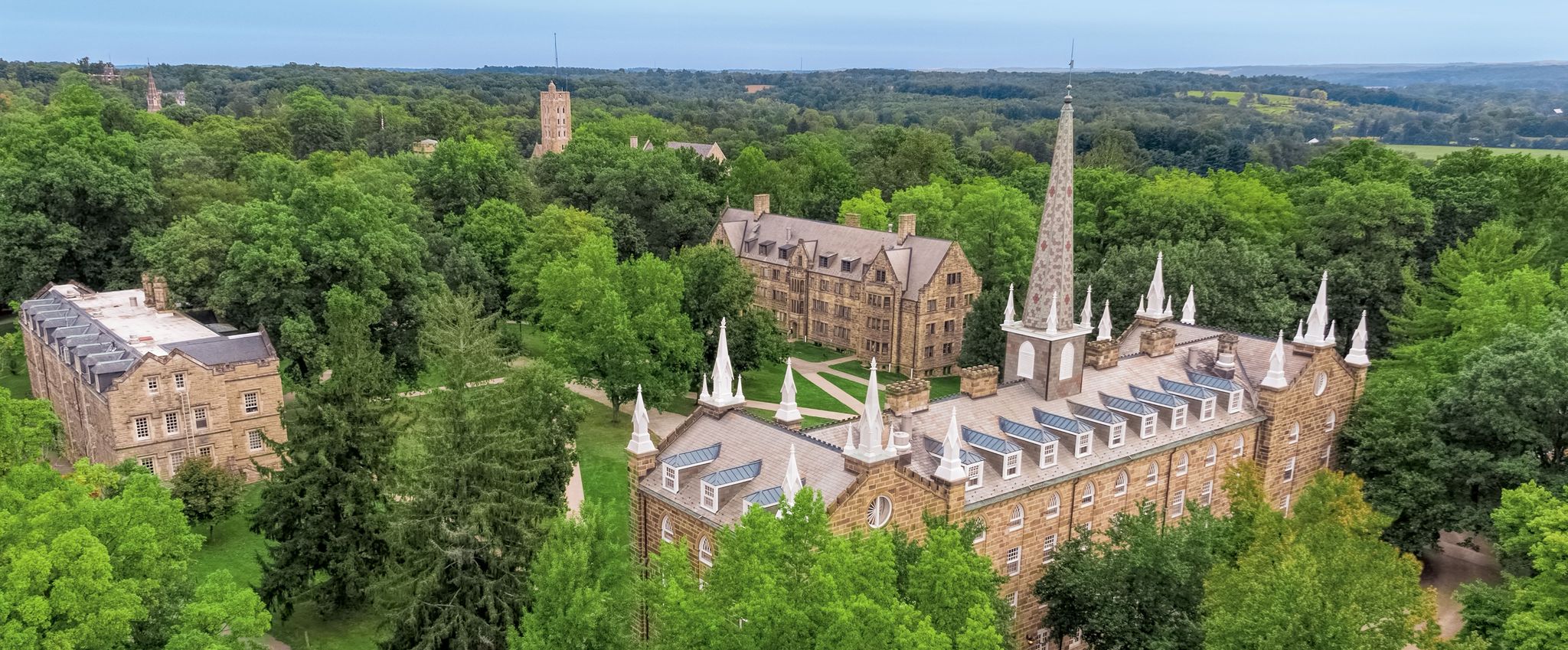
A snug, smaller private liberal arts college in Ohio, Kenyon College implemented multiple strategies and procedures to assist its smaller student body. The administration debuted its Fall 2020 semester plan on July 14, mandating that only first-years, second-years and transfer students can come back to campus. Those who do not qualify may appeal for housing. Kenyon operates currently with a mix of in-person and remote, though mostly remote, having a late start to the semester. Impressively, instead of notifying students who qualify for CARES Act funds to apply, Kenyon asked everyone to submit an application through an open portal. On top of sending out nearly 40 university updates regarding the pandemic, Kenyon also consolidated the several hundred questions received into an all-encompassing “Your Questions, Answered” page organized into 16 categories, a feature unique to Kenyon. Kenyon College’s superior actions for tackling the pandemic proves tiny schools can be mighty.
6. Utah State University
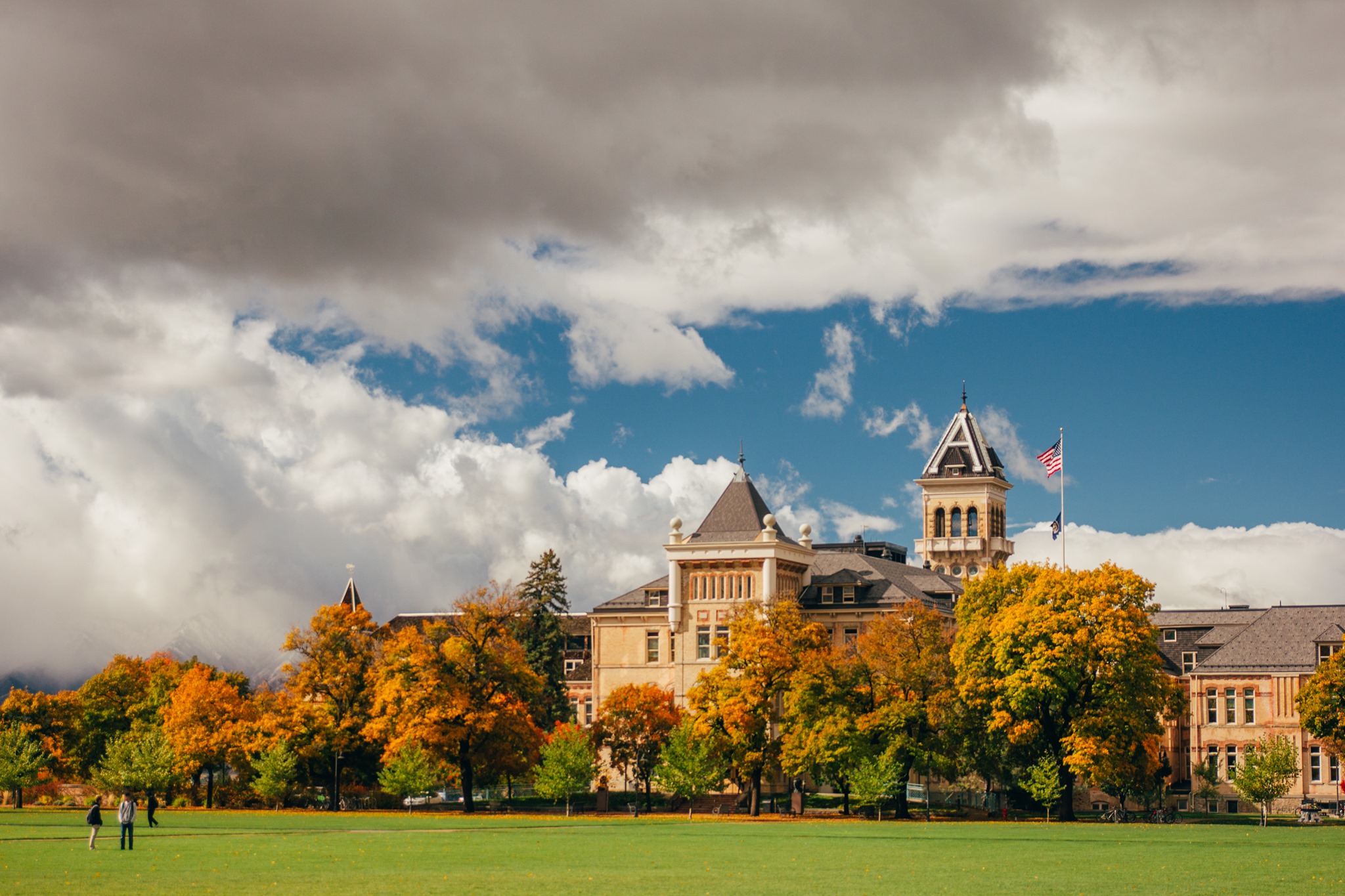
Located in Logan, Utah, Utah State University demonstrated a willingness to listen to student activists as they gave back students prorated housing and meal plans for the spring semester. The school’s original Fall semester plan came out on May 27 with a final plan coming out in June. The school details a mixture of hybrid and remote learning, most significantly giving students the option to return to campus, showing a great understanding for those who might feel unsafe coming back to campus. Utah State also deserves applause for its plan to go completely remote the week of Thanksgiving onward to reduce travel for students, faculty and staff. Additionally, despite not having the highest student enrollment, Utah State identified far more students by its standards of qualifying for CARES Act funding: 21,000 students were deemed eligible for $8.7 million. While Utah State’s Coronavirus updates come from an extension of their university website, the site features frequent updates and alerts from the school.A+ for Utah State!
5. University of Tennessee
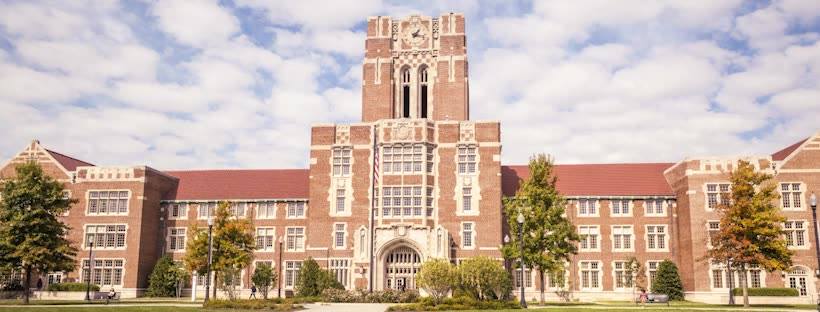
University of Tennessee (UT) gave back housing and meal plan deposits to its students for the spring semester and came out with their Fall 2020 semester plan in its first form on May 28, detailing mostly online classes. UT definitely deserves recognition for its superior action on updating its community on the pandemic’s situation, sending out 180 and counting official university updates. Each update contains valuable information, announcements of protocols and other various developments from the university including mask requirements, testing, screening and online resources.
Regarding CARES Act funds, UT received $9.6 million to account for its large student body and distributed the most so far, generously giving $9.5 million in packages going up to $1,800 depending on need. They also determined an enormous amount of 20,000 students eligible. UT’s COVID-19-related announcements come from an extension of their university website, yet sends out more university updates and campus alerts regarding the pandemic to its students. Complain all you want about excessive alerts from the school, but it’s better to be safe than sorry!
4. Pace University

While New York City may no longer be Coronavirus capital, precautions and safety measures remain enforced at Pace University. The school implemented prorated housing and meal plan refunds for students along with most classes being pass/fail for the Spring 2020 semester (though the housing refunds are limited to university-funded dorms only). Pace’s Fall semester plan came out the earliest, being debuted on April 24. Its final draft announced mostly online classes. “I do think Pace is making good decisions. Classes are hybrid so technically all online,” sophomore Gianni Bove said. “We aren’t allowed to go to other people’s rooms in the dorms or other dorm buildings that aren’t our own.” Campus safety will further remain enforced through mandatory mask-wearing. Pace so far distributed $6.3 million of the $8.9 million CARES Act money they received. They deemed 16,000 eligible students with individual packages capping at a whopping $2,600. Finally, the school’s coronavirus updates come from an extension of their university website, though it doesn’t appear to update daily. A minor inconvenience in a majorly safe plan!
3. University of Massachusetts, Amherst
There’s no denying Amherst is a large school (hello, 28,000 students), which makes the nation curious as to how it chooses to handle the pandemic. Thankfully, University of Massachusetts at Amherst provided students with credit for housing, dining and parking to make up for the abrupt online end to the spring semester. While the university’s official plan for the fall didn’t come out until June 29, classes are mostly online, and, thankfully, students with extenuating circumstances can appeal for on-campus housing. Amherst distributed $8.4 million and counting of its allocated $9.1 million CARES Act funding, way over the amount they were required to give out.
Some students even believe the school handled the pandemic to the best of its abilities, though lacked in certain areas. “Most classes are online except smaller labs and dining halls are grab-and-go instead of a traditional buffet style,” senior Anna Pan said. “I do think tuition should go down especially for students who have online classes but feel like my school responded pretty well. They were very informative and accommodating especially for students that had to move out of dorms.” Amherst also responded to student emails fairly quickly, sending multiple updates regularly. Not bad for a school of its size!
2. University of California, San Diego
The University of California, San Diego (UCSD) didn’t hesitate to respond to the virus when it first struck. UCSD came out with their Fall plan on April 28 with a final draft on June 25. USCD also suspended all late fees and distributed $17 million and counting out of $17.4 million, a huge chunk of their CARES Act money. The school plans to operate mostly through remote classes, with very minimal in-person learning. “I appreciate that the students at UCSD can join in on meetings with the higher-ups of the school and reflect their concerns with the current situation,” senior Nicolette Shin said. “With this, it brings more transparency to the school’s decisions which AS (student government) can report back to the students.” UCSD’s plans did not stop there. They offer free testing for those with school insurance and on-campus housing. “The strengths in my school’s response is how prompt they were in announcing their plan when other schools were scrambling to figure out what to do,” Shin said. UCSD’s coronavirus website comes complete with student resources, alerts and plans for the Fall 2020 semester, missing almost nothing when it comes to the pandemic.
1. University of California, Berkeley
No one should feel surprised that the University of California, Berkeley is doing better than most. Since February, the administration tackled the pandemic headfirst and continues to do so, sending 92 official university updates as of October 9. Additionally, UC Berkeley reduced Spring 2020 course material fees, suspended all late fees and implemented automatic refunds to fee payments. The school also came out with a tentative and structured plan earlier than many others on May 6, announcing housing for up to 6,500 students in need. Berkeley also distributed $13.2 million of its allocated $15.2 million CARES Act funds when only 50 percent was required to do so. All this proves especially impressive (and equally necessary) considering the state of California has the most reported COVID cases, according to the CDC.
Berkeley also operates a fully fleshed-out and stand-alone Coronavirus website updated regularly, complete with sections for students, faculty, staff, FAQ, resources and more. Since the semester’s started back, Berkeley began a Response and Recovery newsletter and implemented an asymptomatic surveillance testing program on campus. The school has plans to open more testing sites and expand its reach as resources become available, and remarkably, has already come out with its Spring 2021 plan on September 29, something most schools have yet to do. Spring 2021 at Berkeley will look very similar to the fall, with students not being required to live on campus or attend in-person classes. Go Bears!

